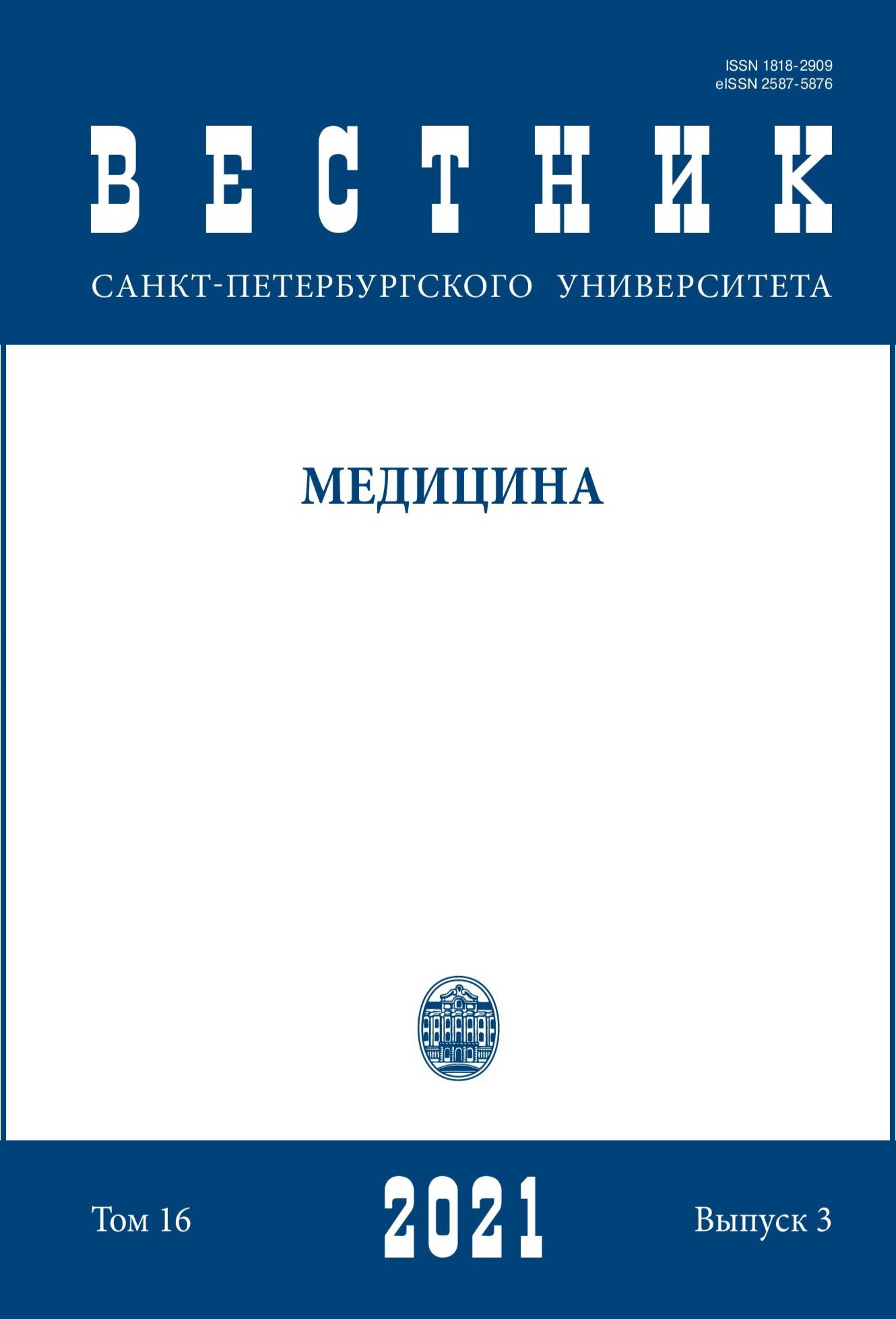Neurorehabilitation: Sanogenetic and pathogenetic foundations of innovative directions
DOI:
https://doi.org/10.21638/spbu11.2021.303Аннотация
The processes of sanogenesis and pathogenesis in patients with acute cerebrovascular accident occur simultaneously, starting with the acute period of stroke. In most cases, this is a single process viewed from different perspectives. Modern innovative areas of neurorehabilitation include the use of drug therapy, rehabilitation measures and mechanisms of sanogenesis and self-healing, which can be influenced by the methods used in the course of restoring the health of neurological patients. The organizational model of modern neurorehabilitation is based on an interdisciplinary multistage approach. The analysis of the relationship between patho‑ and sanogenetic reactions is important for the development of this organizational model. Exogenous therapeutic and rehabilitation measures form a single complex with endogenous factors of sanogenesis. These measures achieve the maximum effect only with the conscious active participation of the patient in the recovery process. The theoretical basis of the research is the concept of the theory of functional systems by P. K. Anokhin and the axiomatic theory of human health. The integration of these approaches is considered as the most general self-acting self-healing mechanism, concretized in the form of the concept of sanogenesis. Mechanisms for maintaining homeostasis are activated at all levels when a damaging factor occurs. Pathogenesis develops, becoming an integral part of the processes of sanogenesis.
Ключевые слова:
rehabilitation, sanogenesis, pathogenesis, theory of functional systems, theory of human health, innovation, stroke
Скачивания
Библиографические ссылки
References
Загрузки
Опубликован
Как цитировать
Выпуск
Раздел
Лицензия
Статьи журнала «Вестник Санкт-Петербургского университета. Медицина» находятся в открытом доступе и распространяются в соответствии с условиями Лицензионного Договора с Санкт-Петербургским государственным университетом, который бесплатно предоставляет авторам неограниченное распространение и самостоятельное архивирование.




